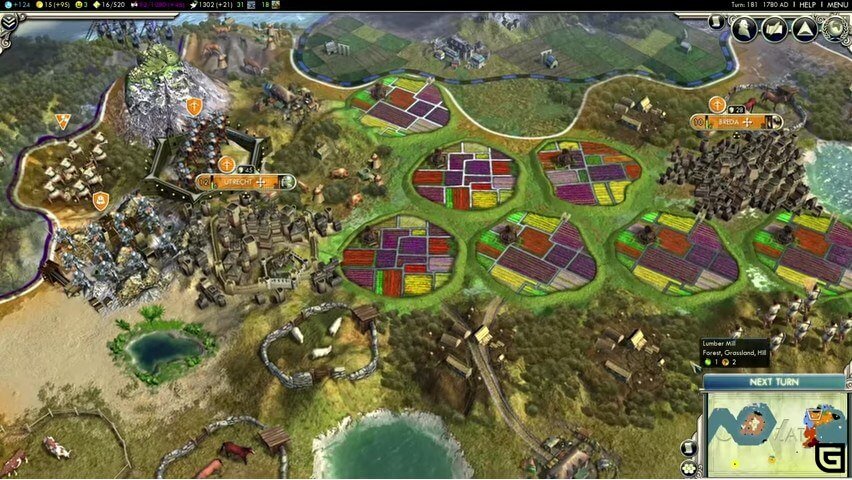

And also, Great Admirals can enhance your fleet's power. Melee attacks, however, are still subject to Formation bonuses. First, there are far fewer combat bonuses to be had, since there is no defensible terrain in the sea. Naval combat is generally like Land combat, with some important exceptions. They can't attack other naval units, although they return fire in melee combat. As such, they are very vulnerable to attacks, although they can absorb a hit or two. Unlike land civilian units, they cannot be captured, and are immediately destroyed when attacked in melee by enemies.Īny embarked land units are NOT considered naval units. Those vessels are able to load other units in them: the Carrier loads 2-5 Aircraft (depending on Promotions), while the Missile Cruiser and the Nuclear Submarine can carry respectively three and two ballistic/nuclear missiles.Ĭivilian naval units are the Work Boat and the Great Admiral. There are certain late-game naval units that merit special attention: the Carrier, the Missile Cruiser, and the Nuclear Submarine. They are also the only ones that may capture cities.

Melee naval units may attack other units in the sea, or coastal cities. Ranged naval combat units may attack other naval units and any units on land within range that they can see (with the exception of submarines, which can only attack other naval units).

This means that Triremes cannot attack targets in ocean tiles, since they need to actually move into the target tile. Note also that early game naval vessels (the Trireme and the Galleass) may not enter ocean tiles unless they are owned by Polynesia. Like land units, there are military and non-military naval units, as well as ranged, and melee naval units. Each of those enter respectively in either ranged, or melee combat with other units on the sea.


 0 kommentar(er)
0 kommentar(er)
